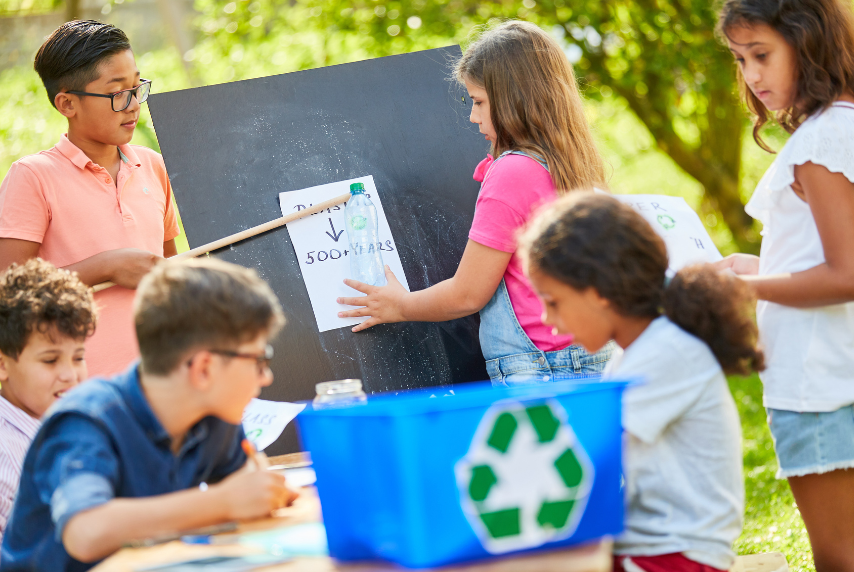If you were to start a school from scratch, what would it look like? When responding to this consider Papert’s readings and discuss how he guided your ideas or how they are different/similar? What do you see as similarities or differences between Paperts’s ideas and Prensky’s or Jonassen’s?
To give a little background before responding, prior to becoming an educator, I received my degree in Photography. I have always worked in the photography field in some capacity from photographing weddings and events to freelancing for NPR Music. I feel that my background in the arts has influenced my teaching style and beliefs. I also must mention that as a young learner, I really struggled with math. I loved reading, writing, and history but there was such a disconnect for me when it came to math. I feel this was partly due to how math was instructed when I was younger.

I always had a vision of opening a charter school. One where learning took place through art, music, creativity, technology, and discovery. I always envisioned a school where projects were completed within mixed age groups and students applied content standards to a project or task. Instead of learning skills in isolation, they would be taught together as the project unfolded. Students would have a choice in projects and this is how groupings would be made. Blended learning would be emphasized and technology would be the tool used to create as it applied to the situation.
Currently, the math curriculum that I use attempts to provide learning through discovering, but I still find that it is very limited. There have definitely been improvements in the way math is instructed; however, it still tends to be procedural and isolated from other content areas. My school would be truly interdisciplinary and project based. Portfolios and performanced based assessments would be utilized to demonstrate mastery of the standards.

I have found that even before learning about Papert, Prensky and Jonassen, my vision for how learning COULD be (and should be) was rooted in student empowerment and authentic learning. All three educational theorists share my vision of education where the focus is on the learner. Papert and Jonassen promote constructivist learning environments where learners actively construct their own understanding through making and doing. Prensky advocates for engaging digital natives by tailoring education to their preferences. In line with my vision, Papert, Prensky, and Jonassen all stress the important of learning through authentic contexts and producing real products through learning that connect to the lives of students.
I feel that overall my vision aligns most with Paper’s constructionist approach due to the focus on interdisciplinary and creative learning. However, I am also a huge supporter of student choice and technology integration and this aligns more with Prensky.
My background in photography has definitely had an influence on my teaching style and beliefs. Having a creative and artistic approach to learning enriches the educational experience for my students. While Papert valued creativity and making, my emphasis on integrating the arts into all aspects of learning adds a unique layer to his approach.
Now if I could only win the lottery and make it happen!

One response to “Module 1 Reflection”
Hey Shantel!
I really enjoyed reading through your post. One idea that stood out to me was your mention of mixed age groups collaborating together. I believe there’s immense value in students working alongside peers of different ages. At our school, we use a behavior management system called “swan cards.” When students fill their swan card, they can choose from various rewards, including visiting another classroom. I often have former students visit and assist in my classroom, which I find incredibly beneficial for everyone involved.
Having these older students around teaches valuable life skills like empathy and how to collaborate with diverse groups of people. We also engage in buddy reading activities with different grade levels, which the students always enjoy. These experiences not only foster a sense of community but also provide rich opportunities for mutual learning among peers.